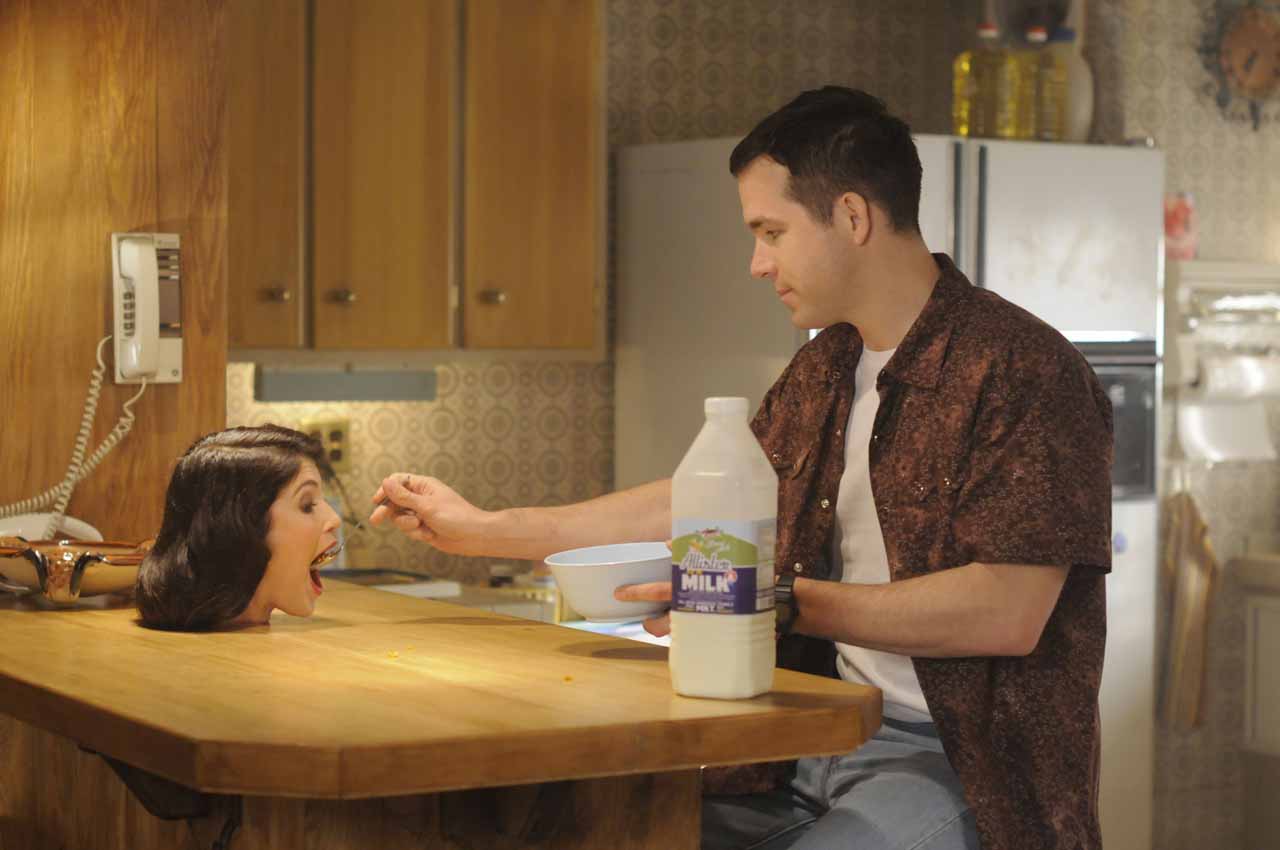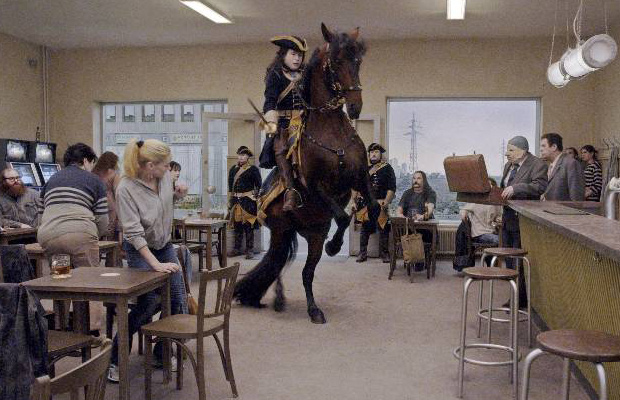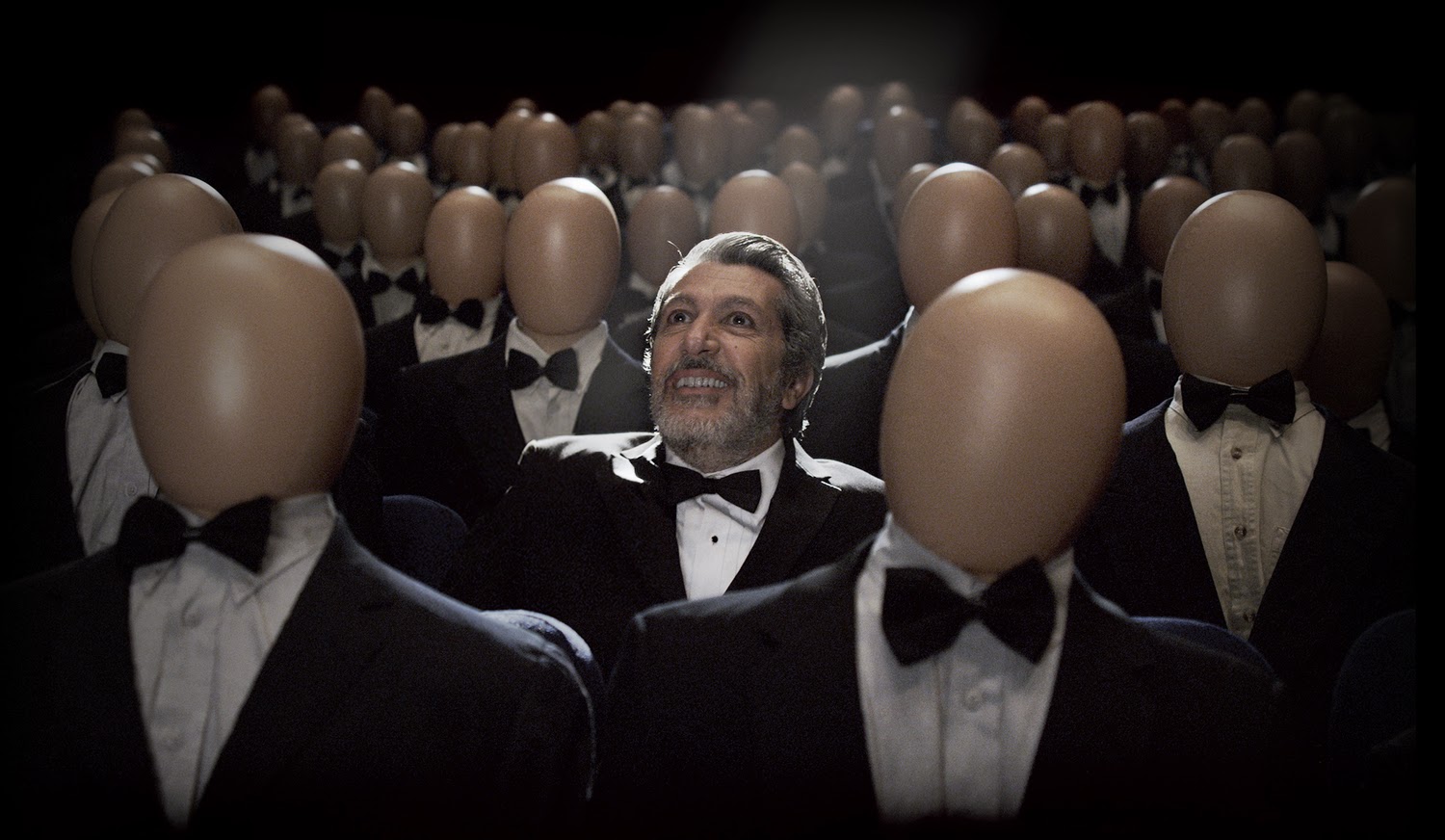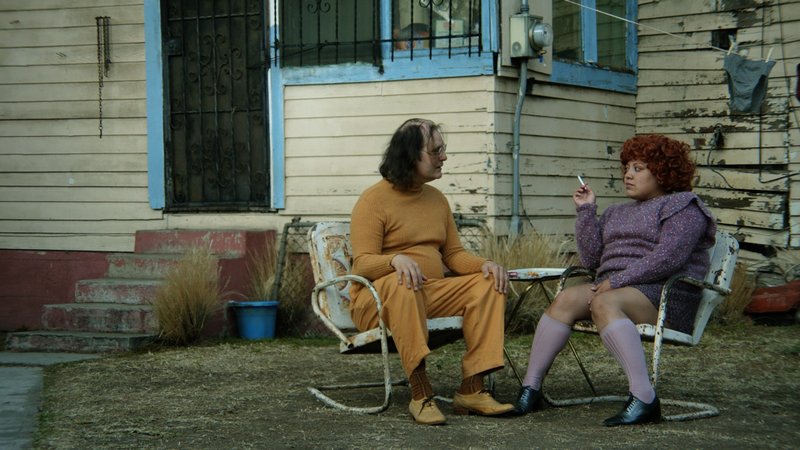6. The Voices (2014)

Jerry (Ryan Reynolds) is a positive guy who lives above a bowling alley and works in a bathtub factory. He’s an innocent enough man but suffers from extreme delusions where his dog and cat talk to him and urge him on his darker and better intentions.
After accidentally killing a co-worker, he dismembers her and keeps her decapitated head in his fridge, which also begins speaking to him–and urging him to continue killing. After Jerry succumbs to further murderous impulses, he also begins to feel guilty about what he’s done–but this doesn’t seem to save anybody from his desires, especially since the voices keep urging him on.
Playing heavily against type, Reynolds as Jerry delivers a fitfully amusing and disturbing performance in a film that leans heavily on the darkness of its comedic premise. Although a talking cat and dog can be amusing, when the cat is urging the clearly mentally ill protagonist to murder, and with grisly but stylish effects the audience is left somewhat unsure whether to find it amusing or horrifying. The answer is a little bit of both, and this off-kilter film will appeal to those who can appreciate more than a little murder in their comedy.
7. Upstream Color (2013)

A woman is drugged by a thief, who puts her in a hypnotic state that has her withdraw her life savings from the bank with no memory of what had transpired and is then brought to a pig farmer’s farm, who withdraws a parasitic worm of some sort from her before abandoning her. A year later, she meets a man who has also suffered a similar experience.
As they both grow closer, we learn that the strange parasite they were both infected with has altered them in some way as the lifecycle of the parasite is reflected in their own behaviors–and their attraction to each other may also be due to their similar experiences with the parasite.
But good luck parsing this the first time you watch this film, or the second time. In fact, the manner of elliptical storytelling Upstream Color employs makes the film more surreal and impressionistic than a straightforward story. Perhaps this is the signature non-linear touch of director Shane Carruth, whose previous film Primer is a modern mind-bending time travel sci-fi classic.
If you enjoyed that film’s complex structure, Upstream Color is even more labyrinth and obscure, featuring (among other things) a sampler keyboard used to control people, pigs, mind control parasites, and a psychedelic philosophy all its own.
8. A Pigeon Sat on a Branch Reflecting on Existence (2014)

The titular character is a stuffed pigeon, who sits on a branch in a glass case in a museum. Whether or not it’s reflecting on existence is up for the viewer to imagine, but the rest of this film seems concerned with the often absurd predicaments it finds its characters.
Starting with three scenes of death where the characters either expire unexpectedly or cling to the material world in vain, two novelty salesman–two dour men who joylessly demonstrate their supposedly fun wares–are then the common thread between the rest of the film’s vignettes.
In one scene, a class of mentally challenged children describe the poem they’re supposed to recite for an audience. In another, Charles XII interrupts a cafe, ordering all the women out and pressing a young man into service as his gigantic army parades past outside.
It’s surreal and every vignette occurs without further explanation or comment in Roy Andersson’s A Pigeon Sat on a Branch Reflecting on Existence, the concluding film in his “Living Trilogy”–starting with Songs from the Second Floor and followed by You, the Living–on the absurdity of modern life and existence itself.
Perhaps we’re watching characters in purgatory or else it’s some post-apocalyptic world he envisions, but his motionless camera captures each scenario like a small play is being enacted. Humorous, obscure, and always teetering on the edge of nonsense, Andersson is a modern-day Beckett–only his characters may not want to wait around to see who (or what) eventually shows up.
9. Reality (2014)

Reality is a little girl who lives in an impossible world where she finds a videotape in a boar’s stomach and her mother tells her a bedtime story recounting exactly what happened to Reality that day.
Elsewhere, a director is close to directing his first film, only his producer demands that he find the perfect scream before the project is greenlit. He calls himself from a dream, but it’s someone else’s dream in which he’s a character in another movie being made. And Reality (the film, not the character) seems to hinge on this director’s mental state, dipping in and out of dreams within dreams as he gets further and closer to his objectives.
Such is the nature of Reality, which is more like a daydream (or nightmare) captured on film than a straightforward narrative. Its labyrinth-like construction may frustrate some viewers while others will appreciate the numerous cinematic nods director Quentin Dupieux (Rubber, Wrong) scatters throughout this surreal, unusual film.
Characters drop in and out of the film, red herrings and dead ends develop, and the hapless, somewhat frantic director tries to dream his way out of his dilemma and turn them into a reality.
10. The Greasy Strangler (2016)

The greasy strangler is loose on the streets, but Big Brayden doesn’t think it’s his father, Big Ronnie. It is, but Brayden is to preoccupied by his new girlfriend Janet to take notice. Since Big Ronnie doesn’t like his son being so distracted, he seduces Janet away from him, leaving Big Brayden upset. The greasy strangler continues his murderous rampage while Big Brayden eventually figures out what to do about Janet and his father–which is not what you’d expect in the least.
The Greasy Strangler is not a film you ever expect, however. Taking place in some sort of distorted reality from ours, the film features ugly, horrible people doing awful things on a near-constant basis.
Big Ronnie–and his old, saggy body–is frequently nude and often covered in grease, with a large prosthetic penis swinging around to comic/disgusting effect. But that’s the charm–and horror–of The Greasy Strangler: its mission seems to repel its audience while also piquing their interest at the truly bizarre things occurring on-screen.
Strangling victims’ eyes pop out while they calmly describe how they’re being strangled to death, and dead bodies are just left where they drop for days with nobody in this world caring enough to pick them up. It’s also the strangest father-son bonding film ever made. For fans of the incredibly odd and gross-out black humor, The Greasy Strangler is the latest entry in the canon of bizarre films.
Author’s bio: Mike Gray is a writer and academic. His work has appeared on Cracked and Funny or Die and he maintains a TV and film blog at mikegraymikegray.wordpress.com.